My Favourite Painting: Daniel St George Chatto
The artist Daniel St George Chatto chooses perhaps the most famous sequence of paintings from the early Renaissance: Giotto's Scrovegni Chapel in Padua.
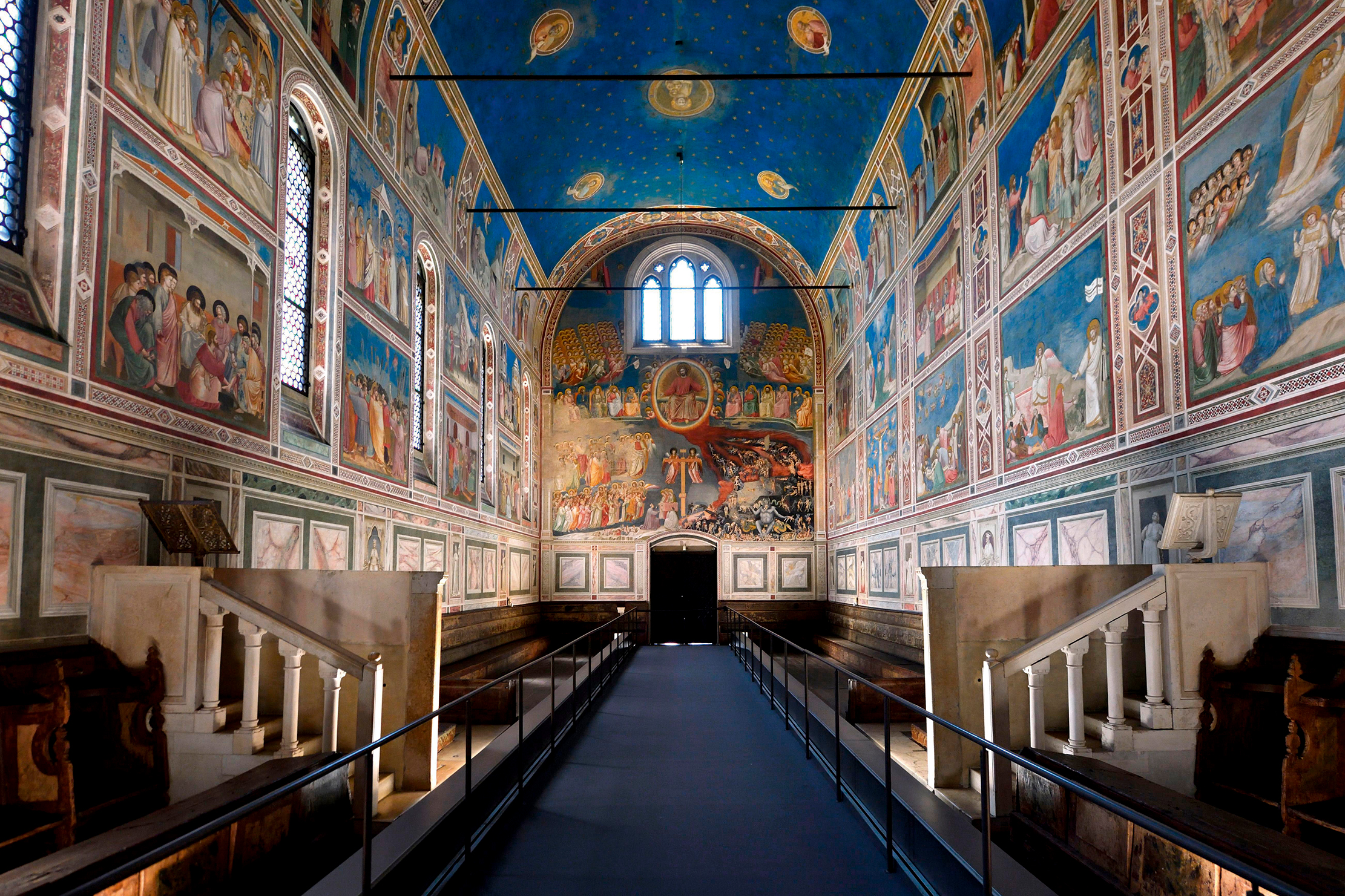

Daniel St George Chatto on Giotto's Scrovegni Chapel, Padua
'I know it’s greedy, but I am choosing the whole Scrovegni Chapel – sometimes referred to as Giotto’s Chapel – in Padua as my favourite painting. There are 100 scenes and images, all worthy of a mention, but for me, the chapel in its entirety is much more than the sum of its remarkable parts. It’s an astonishing blue space, as solid yet otherworldly as a sea cave.
'The individual images and figures might seem a bit stodgy at first. They aren’t beautiful or ethereal, but they are profound, very subtle and real in expression and gesture; together, they tell a clear story. The Chapel transforms at night, lit by candlelight. All of the blue tones are extinguished and turn an inky-black colour. Light seems to emanate from the gilded stars.'
Daniel St George Chatto is an artist, former actor and faculty member of The Royal Drawing School, EC2. He exhibits at Long and Ryle, London SW1
Charlotte Mullins comments on the Scrovegni Chapel, Padua
The frescos by Giotto di Bondone, known as Giotto, in the Scrovegni Chapel in Padua epitomise early-Renaissance painting. Three tiers of painted scenes present the lives of Christ and the Virgin Mary beneath an ultramarine ceiling that glitters with stars. On the back wall, Giotto’s vast Last Judgement divides saints from sinners.
Instead of using the unchanging iconography of medieval manuscripts and icon paintings, Giotto painted his figures as credible bodies in believable spaces. In the Annunciation, the Angel Gabriel appears to Mary in painted rooms so real they appear to be part of the chapel’s architecture.
In the Kiss of Judas, we feel we are present, witnessing Judas betraying Christ, who looks calmly into his eyes as the scene explodes around them. In the Lamentation, the figures that crowd around Christ’s dead body seem solid, their robes stretched across backs and arms, their hands extended in grief, their faces grimacing and weeping.
This fascination with real bodies stemmed from the renewed interest in the art of ancient Greece and Rome. Humanism rose to the fore, a new branch of philosophy that prioritised earthly life as exemplified by ancient Latin texts and Greek sculptures.
Giotto’s frescos were commissioned by Enrico Scrovegni, who poured much of his inheritance into the chapel. His father, Reginaldo, had been a moneylender, a profession frowned upon by the church, and Enrico made it quite clear he was cut from different cloth.
Giotto painted him presenting a model of the chapel to the Virgin as he accompanies the virtuous to heaven in the Last Judgement, as Reginaldo hangs from a gibbet in hell.
Sign up for the Country Life Newsletter
Exquisite houses, the beauty of Nature, and how to get the most from your life, straight to your inbox.
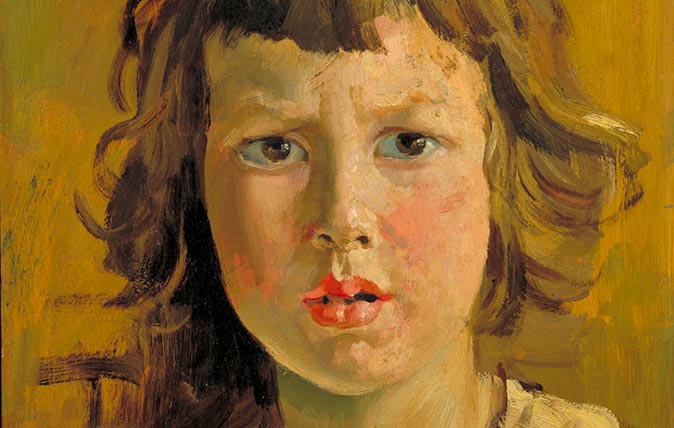
My Favourite Painting: Caroline Quentin
Actress Caroline Quentin chooses a haunting image of childhood by Augustus John.
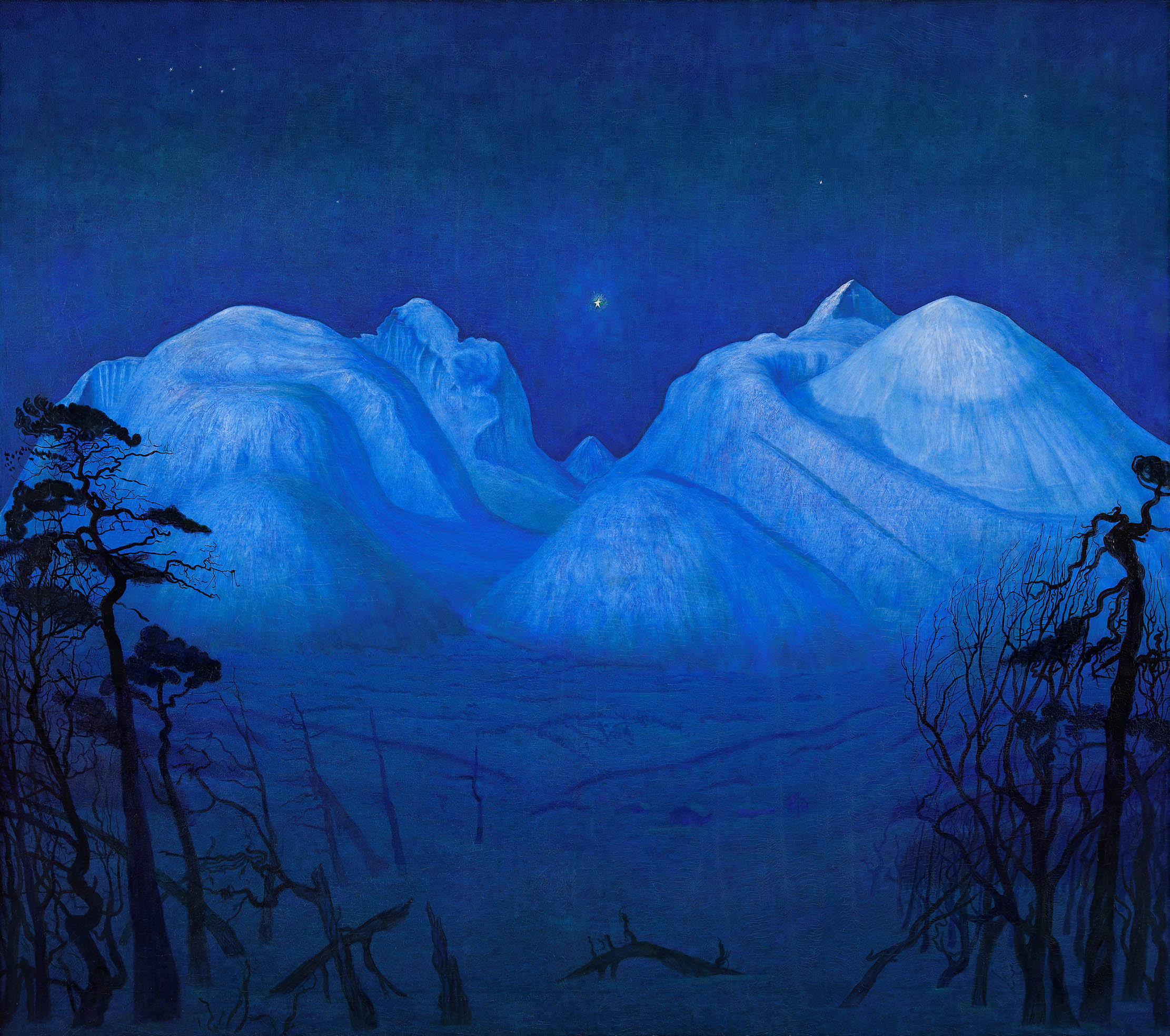
In Focus: The artist whose masterpiece was voted Norway's national painting, finally getting the recognition he deserves elsewhere
Caroline Bugler is spellbound by the Scandinavian landscape painter’s magical evocation of fjords, villages and mountains.
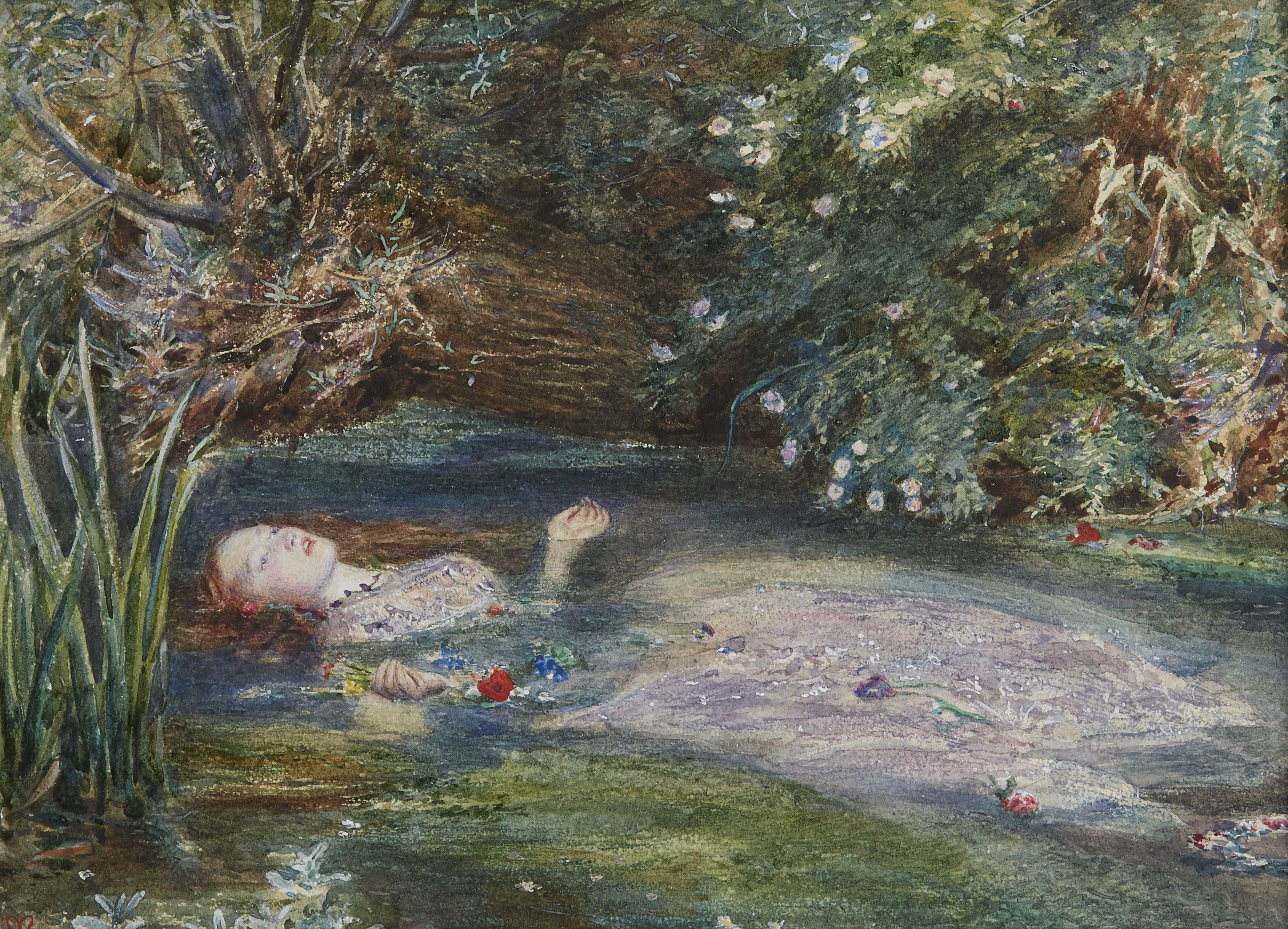
In Focus: The Pre-Raphaelite sisters who fought for recognition in the shadow of the Brotherhood
Caroline Bugler admires the National Portrait Gallery's new exhibition, 'The Pre-Raphaelite Sisters', which reveals the creative role of women in
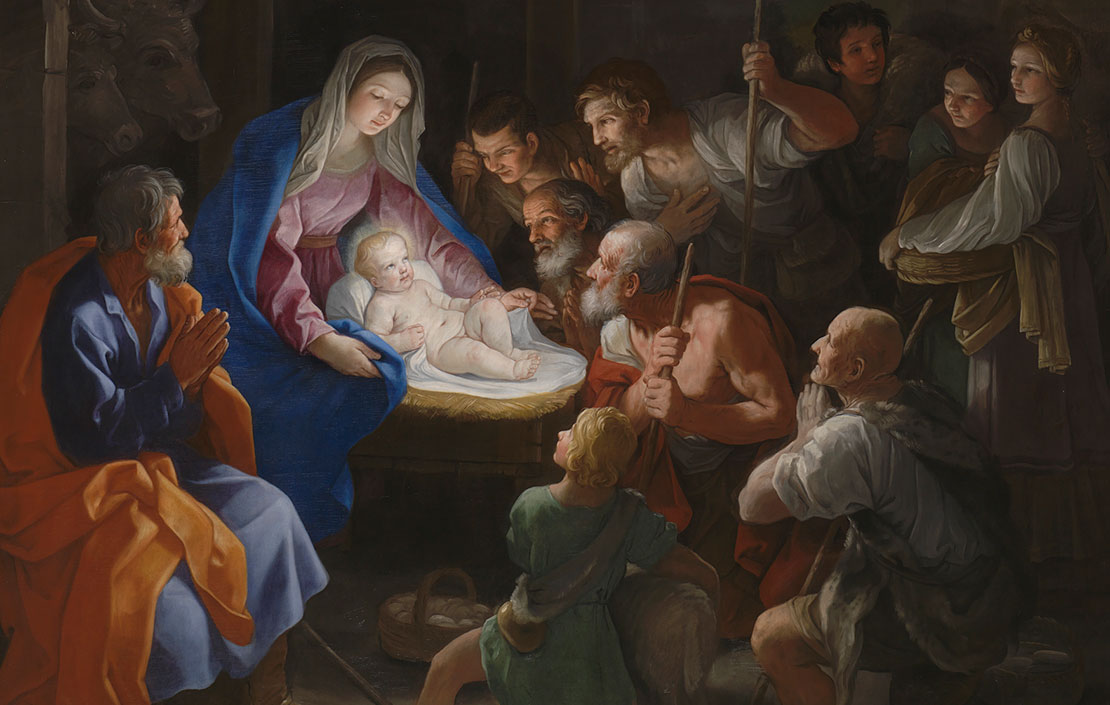
Four of the most beautiful depictions ever created of the Madonna and Child
With Christmas almost upon us, Caroline Campbell of the National Gallery chooses her favourite depictions of the Madonna and Child
Country Life is unlike any other magazine: the only glossy weekly on the newsstand and the only magazine that has been guest-edited by HRH The King not once, but twice. It is a celebration of modern rural life and all its diverse joys and pleasures — that was first published in Queen Victoria's Diamond Jubilee year. Our eclectic mixture of witty and informative content — from the most up-to-date property news and commentary and a coveted glimpse inside some of the UK's best houses and gardens, to gardening, the arts and interior design, written by experts in their field — still cannot be found in print or online, anywhere else.
-
 ‘It had the air of an ex-rental, and that’s putting it politely’: How an antique dealer transformed a run-down Georgian house in Chatham Dockyards
‘It had the air of an ex-rental, and that’s putting it politely’: How an antique dealer transformed a run-down Georgian house in Chatham DockyardsAn antique dealer with an eye for colour has rescued an 18th-century house from years of neglect with the help of the team at Mylands.
By Arabella Youens
-
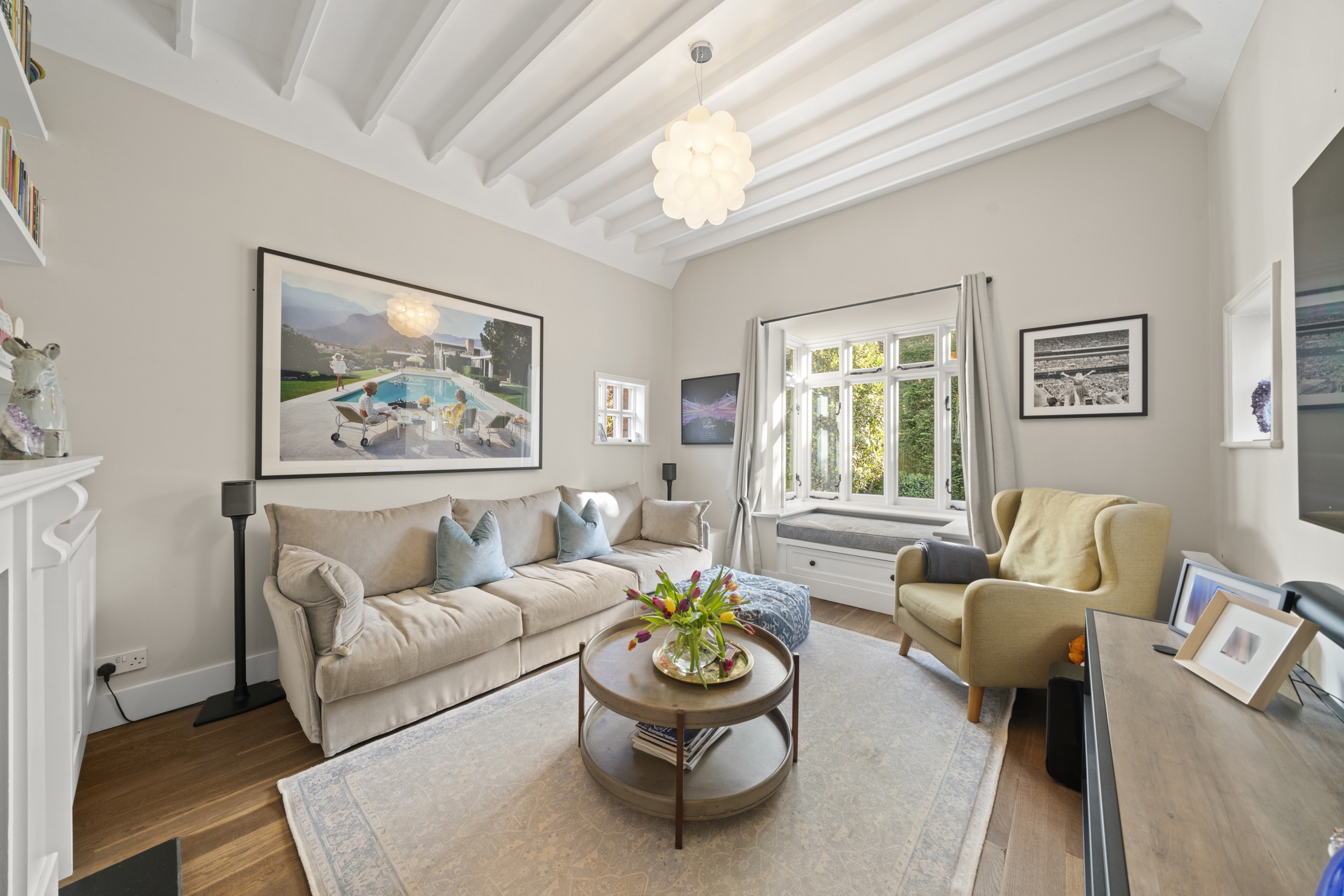 A home cinema, tasteful interiors and 65 acres of private parkland hidden in an unassuming lodge in Kent
A home cinema, tasteful interiors and 65 acres of private parkland hidden in an unassuming lodge in KentNorth Lodge near Tonbridge may seem relatively simple, but there is a lot more than what meets the eye.
By James Fisher